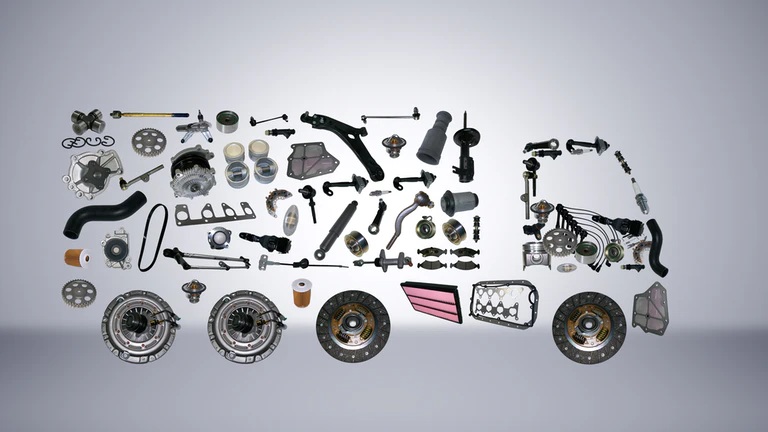Now is the time to take an in-depth look at what the biggest parts needs are and to investigate whether those parts are likely to be in short supply.
A few weeks ago I wrote about the importance of creating a backup plan. The blog was prompted by news of raw material shortages. At that time the big focus was on semi-conductors.
Since then, the situation has grown worse, and I am now hearing about delays in the delivery of new trucks. In fact, a recent survey by the Technology & Maintenance Council found that 75% of the responders said they are experiencing problems with the delivery of new vehicles because of various parts shortages.
More recently, some fleets are saying the availability of maintenance and repair parts is being affected too. This is particularly concerning because if your fleet can’t get new assets, you are going to have to run older assets longer. And we all know that older assets need more maintenance.
Now is the time to take an in-depth look at your fleet’s maintenance needs for the balance of the year to determine what your biggest parts needs are and to investigate whether those parts are likely to be in short supply.
If you are performing your own maintenance and repair, you might want to try increasing your stocking levels to protect yourself from shortages going forward. If you outsource your maintenance and repair, it is a good idea to talk with your outsource service provider and go over — in detail and based on analysis of your historical maintenance and repair data — what parts you are likely to need for the balance of the year. This could give your outsource provider extra time to try to find the parts you may be needing.
It also might be a good idea to spend some time with all that great data you have been collecting on your assets’ maintenance and repair events. Specifically, look at it with an eye toward extending maintenance intervals where possible. My suggestion is that this be done on an asset-by-asset basis and fortunately if you are using VMRS codes and already tracking repairs between PMs you will have a good starting point to making changes that will not result in an increase in downtime. This is not the time to make wholesale changes in asset lifecycles. What we are looking at is a cost-effective plan to accommodate a short-term issue.
You might also consider talking to your OEMs and suppliers about your needs over the next three to five years. We have been spoiled over the years with a short order-to-delivery cycle. We all need to develop longer-term plans, so we are not subjected to component supply issues in the future.
If you have not already heeded the advice from my earlier blog that you create a backup plan, I suggest you do so now.
Patrick Gaskins, senior vice president of Corcentric Fleet Solutions, oversees both sales and operations for Corcentric’s fleet offerings. Over the past 10 years, Gaskins has grown the fleet services area of Corcentric’s business by implementing a best-in-class asset management database and a data-driven approach to providing Corcentric clients with visibility into all areas of their fleet spend. He joined Corcentric in 2010, bringing over 30 years of experience as a financial services professional in the transportation industry. Gaskins leads a team of industry experts who work with a supply base of over 160 manufacturers to help the country’s largest fleets manage all aspects of their fleet operations and fleet related spend.
Gakins earned his BBA in Finance from the University of Miami, FL, and his CTP certification from the National Private Truck Council.
Source: https://www.fleetowner.com/
CUT COTS OF THE FLEET WITH OUR AUDIT PROGRAM
The audit is a key tool to know the overall status and provide the analysis, the assessment, the advice, the suggestions and the actions to take in order to cut costs and increase the efficiency and efficacy of the fleet. We propose the following fleet management audit.




